What are the Side Effects of Business?
by Ann Armbrecht, SHP Director
On our recent trip to Costa Rica, Rob Brown, co-owner of Cinco Ramas farm in northeastern Costa Rica asked, “What does it mean to create a business that doesn’t have negative side effects?” His way of framing the question made me pause and I thought of one of the most influential passages I perhaps read in graduate school: “In our complex dealings with the physical world, we find it very difficult to recognize all the products of our activities,” literary theorist Raymond Williams writes in The Country and the City. “We recognize some of the products, and call others by-products; but the slag heap is as real a product as the coal, just as the river stinking with sewage and detergent is as much our product as the reservoir.”
The negative side effects of sourcing wild harvested plants are often invisible to consumers in the grocery store. Most of us don’t even know which plants are wild harvested. (FairWild tries to address this in their Wild at Home initiative — educating consumers about the wild plants hidden in their cupboards.) Once we know which plants are from the wild, it’s not too difficult to guess what the negative side effects of their use might be: over-harvesting and loss of biodiversity.
Positive Effects of Business
But what about flipping Rob’s question around and instead asking about the positive side effects? What does it mean to not simply be a company that doesn’t negatively impact the earth and the people from who it sources raw materials, but to be one that positively impacts those communities?
I thought of this question as I listened again to this conversation among champions of the FairWild standard. What are the positive side effects of companies investing in responsibly sourced wild plants? What is gained by investing in a certification like FairWild — beyond the higher price and premium fund that are always highlighted (but in fact perhaps don’t always amount to a tremendous amount)? Are relationships created that wouldn’t otherwise be there? And what changes, in turn, do those relationships contribute to? How is biodiversity enhanced? What skills are learned? How are economies diversified? Who decides to stay in a rural area rather than leaving because of the opportunities, direct and indirect, generated from FairWild certified products in the region?
Do We Measure What Counts?
It’s hard to measure those impacts, especially in a system that measures its success based on the flow of money and material resources. And companies try to sell the FairWild certification with promises of higher rate per kilo, the benefits of the premium fund, access to companies and markets that would otherwise be unavailable.
But some of the other side effects — or effects — emerged in the webinar the Sustainable Herbs Program jointly hosted with Traffic to launch FairWild Week this past June. Meeting FairWild requirements is typically quite a stretch for producers. So becoming FairWild certified requires gaining the skills to conduct resource management assessments, track inventory and payments, manage decision making in distributing premium funds of the community, and much, much more. All of this must be documented in a way that makes sense and is clear to an auditor. People in these communities would not need to learn these skills if they are simply harvesting plants from the wild and selling them to the best bidder.
These are all outcomes, just as higher rates are an outcome, ones that likely support the longterm resilience of communities as much as greater incomes.
I’m not saying this to romanticize the value of FairWild for these producer groups, which involves a tremendous investment of time and resources to meet the requirements of an incredibly rigorous standard. Often these producer groups don’t realize the financial gains they hoped at the outset, or at least not in the beginning. I’m not suggesting there aren’t challenges and problems.
Empathy as Resilence
But as I listened to Andrea Rommeler, Sustainable Wild Collection Manager, Martin Bauer Group, Marin Anastasov, Head of Procurement at Pukka Herbs, and Susan Curtis, Director and Brand Ambassador at Neal’s Yard Remedies, all of whom have been leaders in implementing FairWild in the communities where they source, talk about the importance of visiting, the importance of relationships and partnerships, I thought about the side effects of that commitment.
- What did they learn in making all those visits?
- What had the producers learned as well?
- What would not have happened — the relationships, the exchange of information and skills and knowledge and friendship, had they not had to visit in the way they did to meet the rigorous requirements of the standard?
In a recent conversation, Rachel Doty of Meridian Trading Company, a company that has built relationships with their core suppliers for upwards of forty years, expressed concern that botanical companies are increasingly hiring staff who know less, not more, about the supply chain and the conditions in the regions where they source their herbs. Understanding those conditions means that when there are problems in sourcing, and, Rachel added, there are always challenges and problems in sourcing, you will have empathy and sympathy. You can work together to come up with alternative plans. This in turn increases your resilience as a company. And so investing in the knowledge of your employees is an investment in sustaining the supply of the botanicals on which a company depends.
It Takes Patience
In the webinar, I asked Andrea what is required in switching to a more sustainable source of wild harvested plants. Without hesitating, she replied, “Time and patience.” She continued, “Responsible sourcing is complex. Many people are involved. Building relationships takes time. You need to find partners who are willing and able to show you where they are sourcing. Step by step you need to implement a system to make transparency possible. This is very different from sourcing on the conventional market where all you need is a list and you buy whatever you can find on the market without having to visit or know about conditions at the source.”
Andrea continued, “To make these investments in visiting suppliers and developing relationships, a company needs to be able to pay for those additional costs. Which means that a company like Martin Bauer who supplies raw materials to finished product companies, you need customers who are willing and able to take over some of those costs. Customers who appreciate that work. Companies that aren’t just investing in this work for the stock market but are willing to enter long term relationships. Because you cannot do responsible sourcing just for one year and then next year say goodbye, that’s it. We will not meet again. This is very important to us [Martin Bauer], that we can be a reliable partner to both our customers but also to our suppliers.”
How Plants Heal
Certifications can either be a superficial approach to sustainability, a label where the buyer hasn’t really made any investments in understanding and supporting conditions at the source. Or, as Susan Curtis said, certifications are really the end of a lot of background work that needs to happen first, relationship building, understanding the challenges, working together to address those challenges. Seen this way, those qualities: that patience, commitment, and understanding developed from building those relationships are as much a product as the logo on the product.
It reminds me of how herbalists talk about how plant medicines work in the body.
As New Zealand herbalist, Isla Burgess told us when we interviewed her for the documentary Numen, “Plants really have the ability to nudge a person back to wellness. They don’t do if fast. They don’t do it over night, but they have an effect on the body that is sustaining and ultimately is healing.”
It seems worth bringing a similar approach to thinking about the impacts of responsible sourcing in communities. This SHP webinar conversation brings these issues to the forefront. Below are some short video highlights as well as the complete recording.

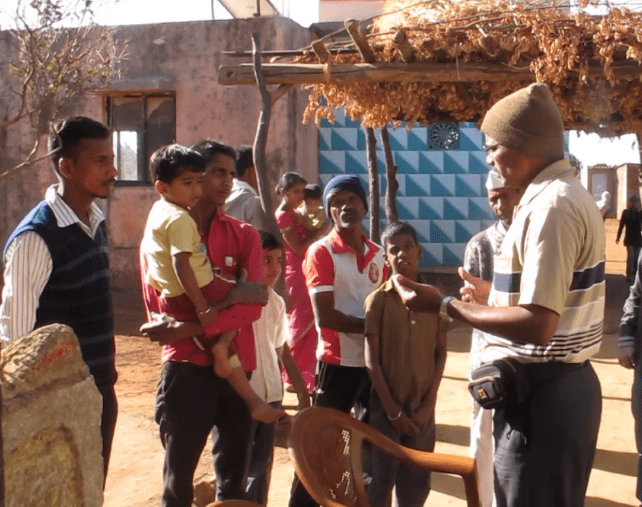
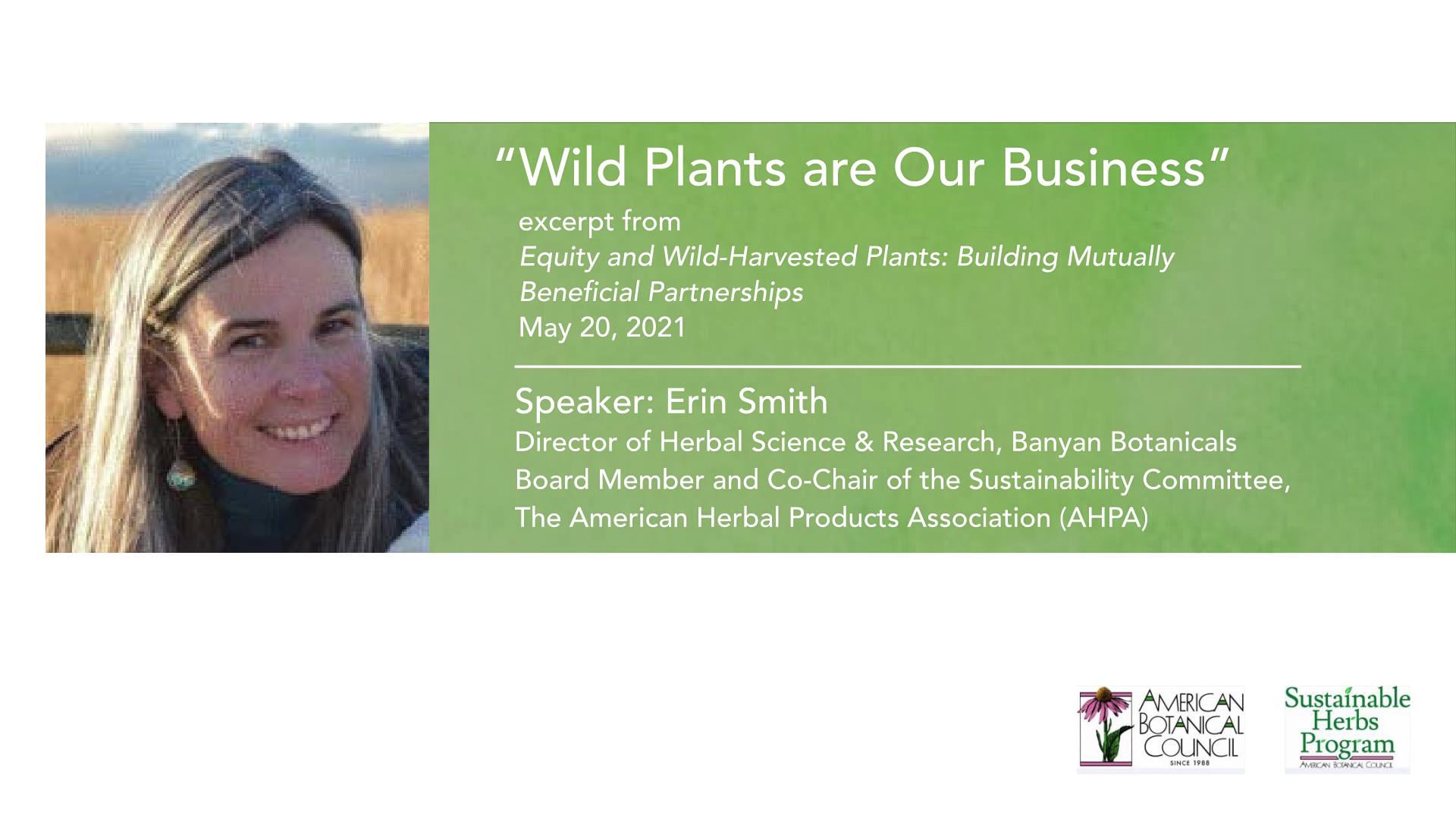
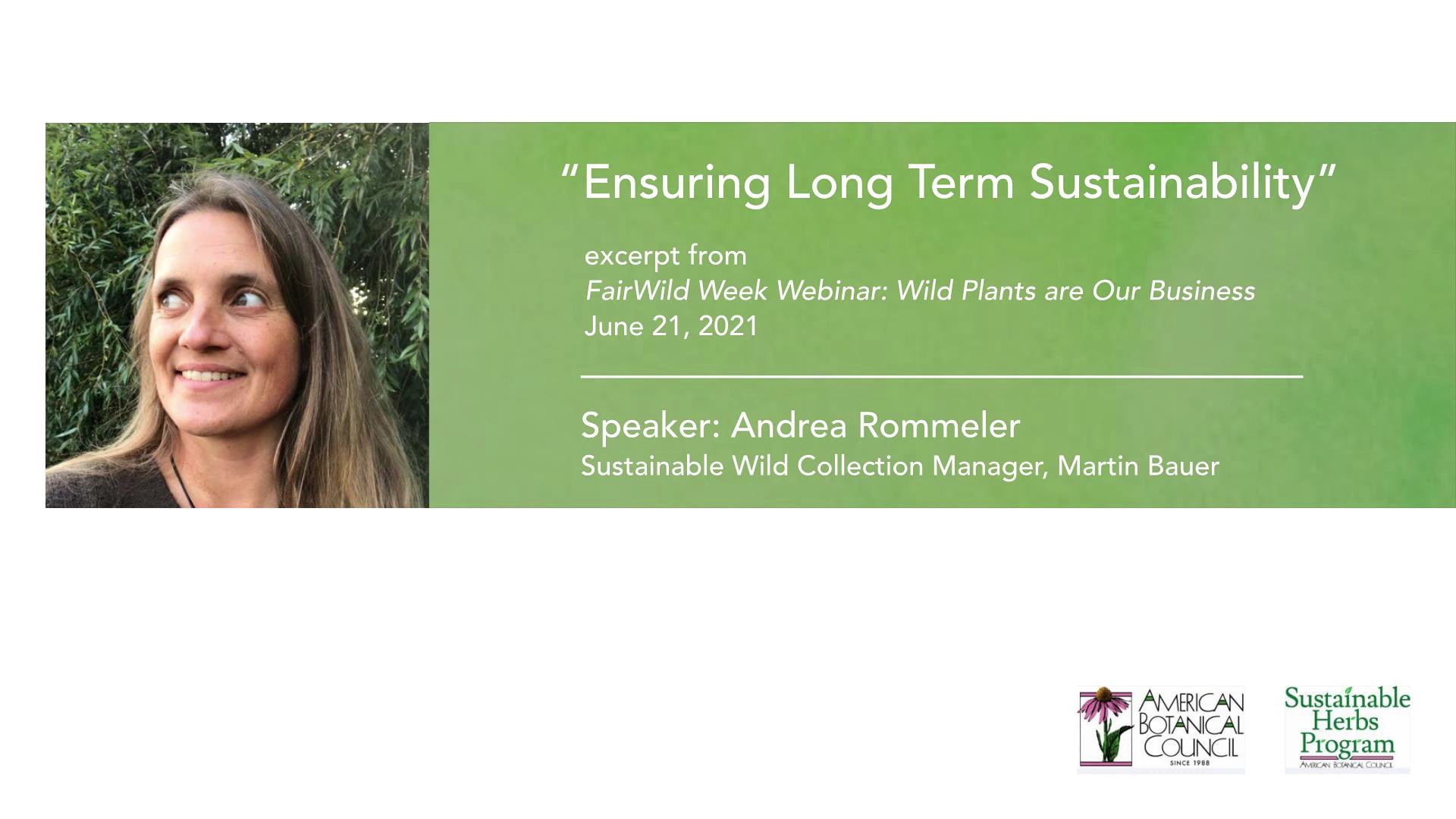
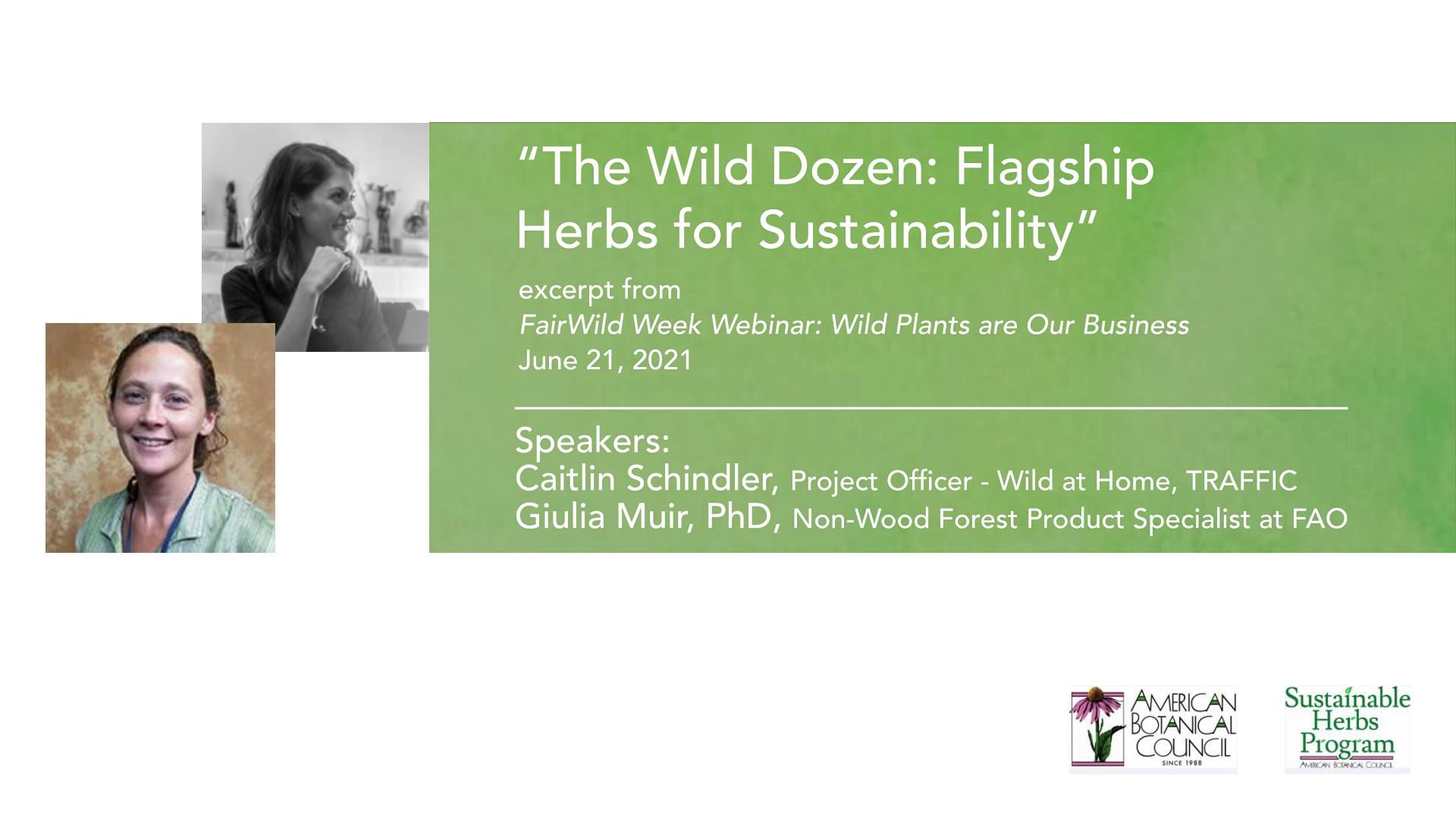
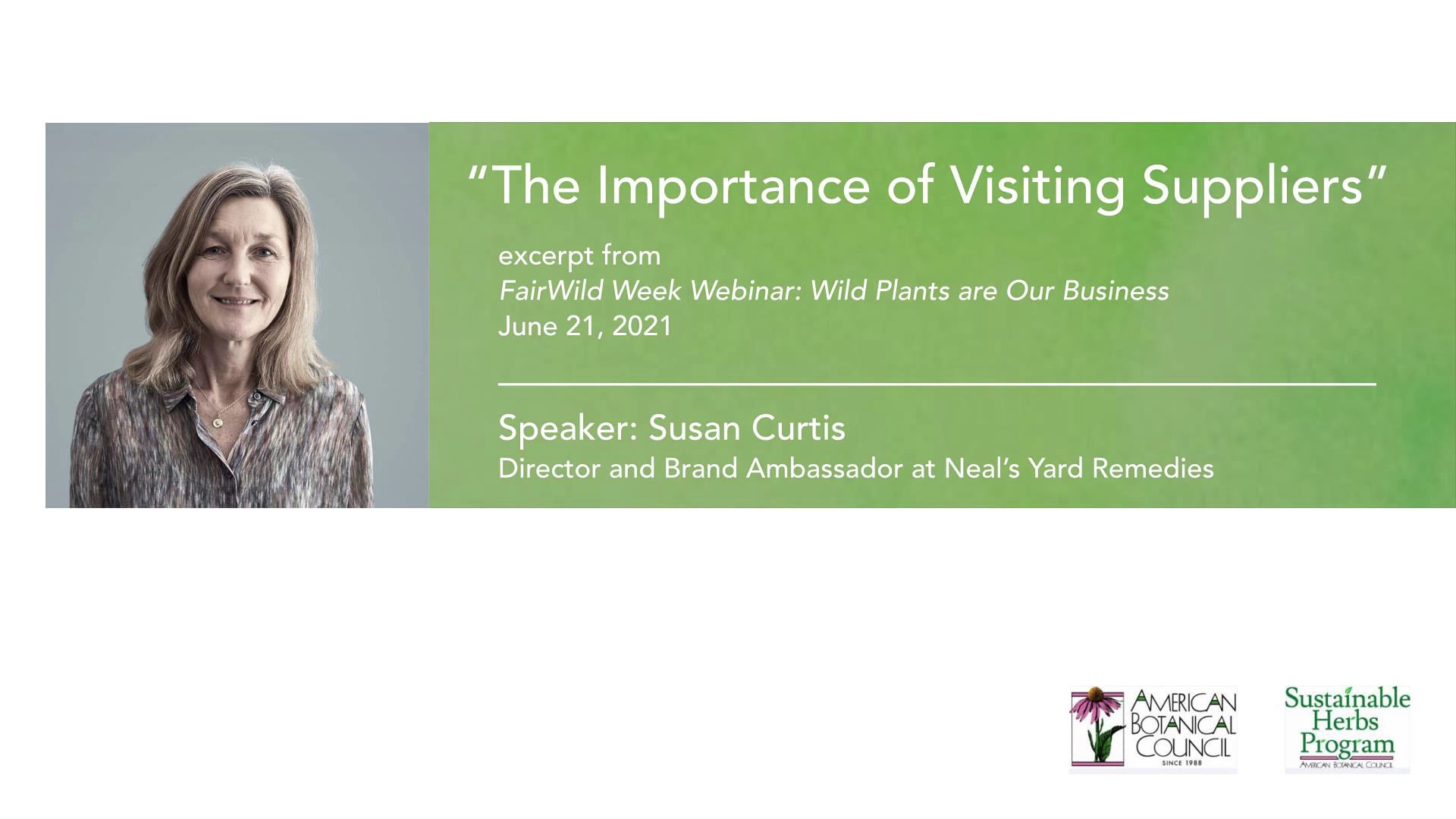
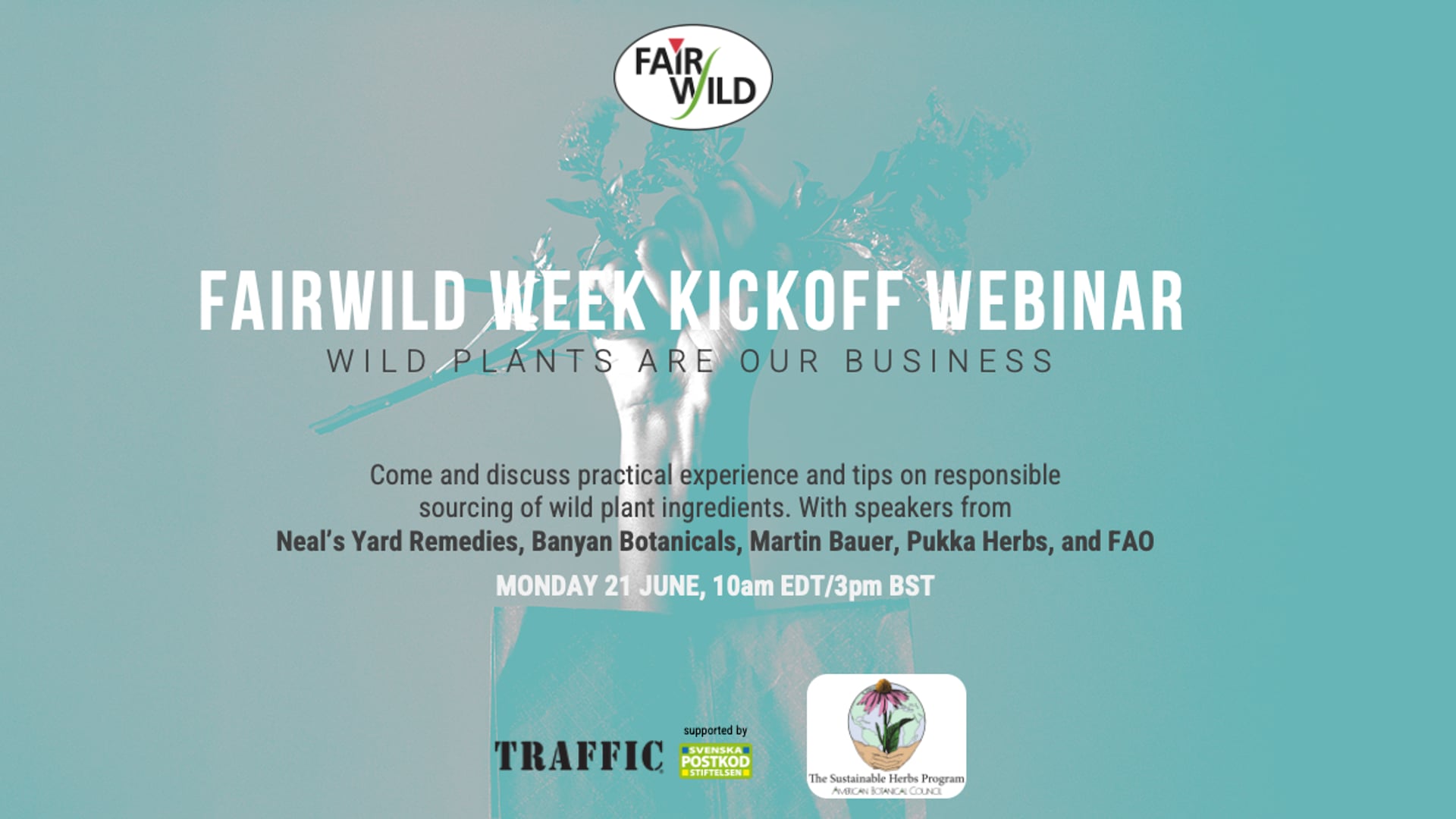
Comments